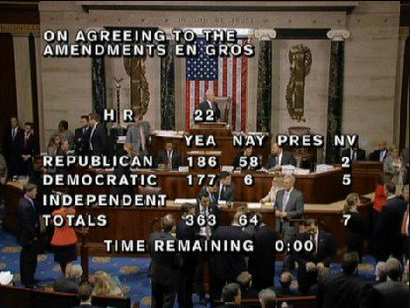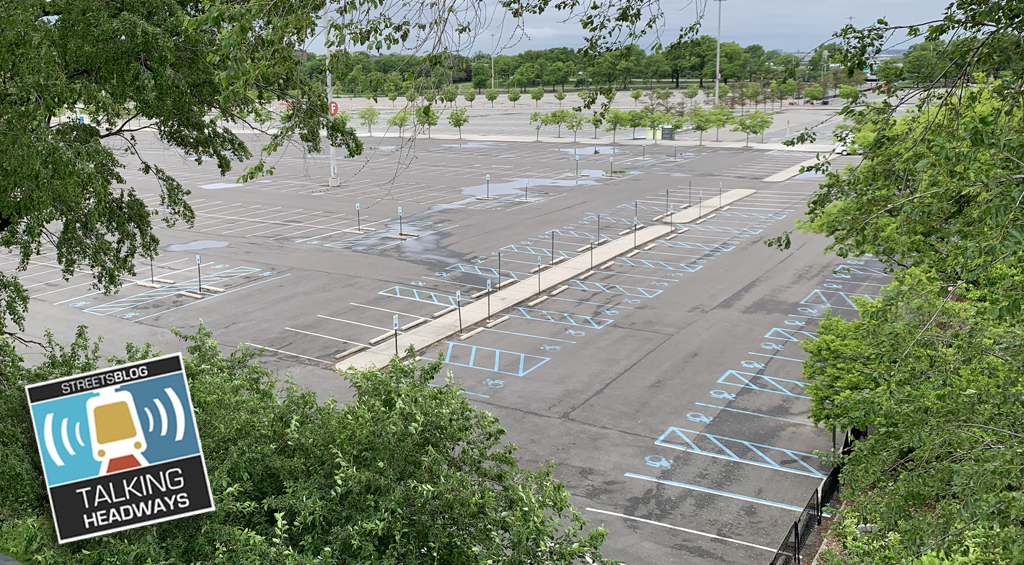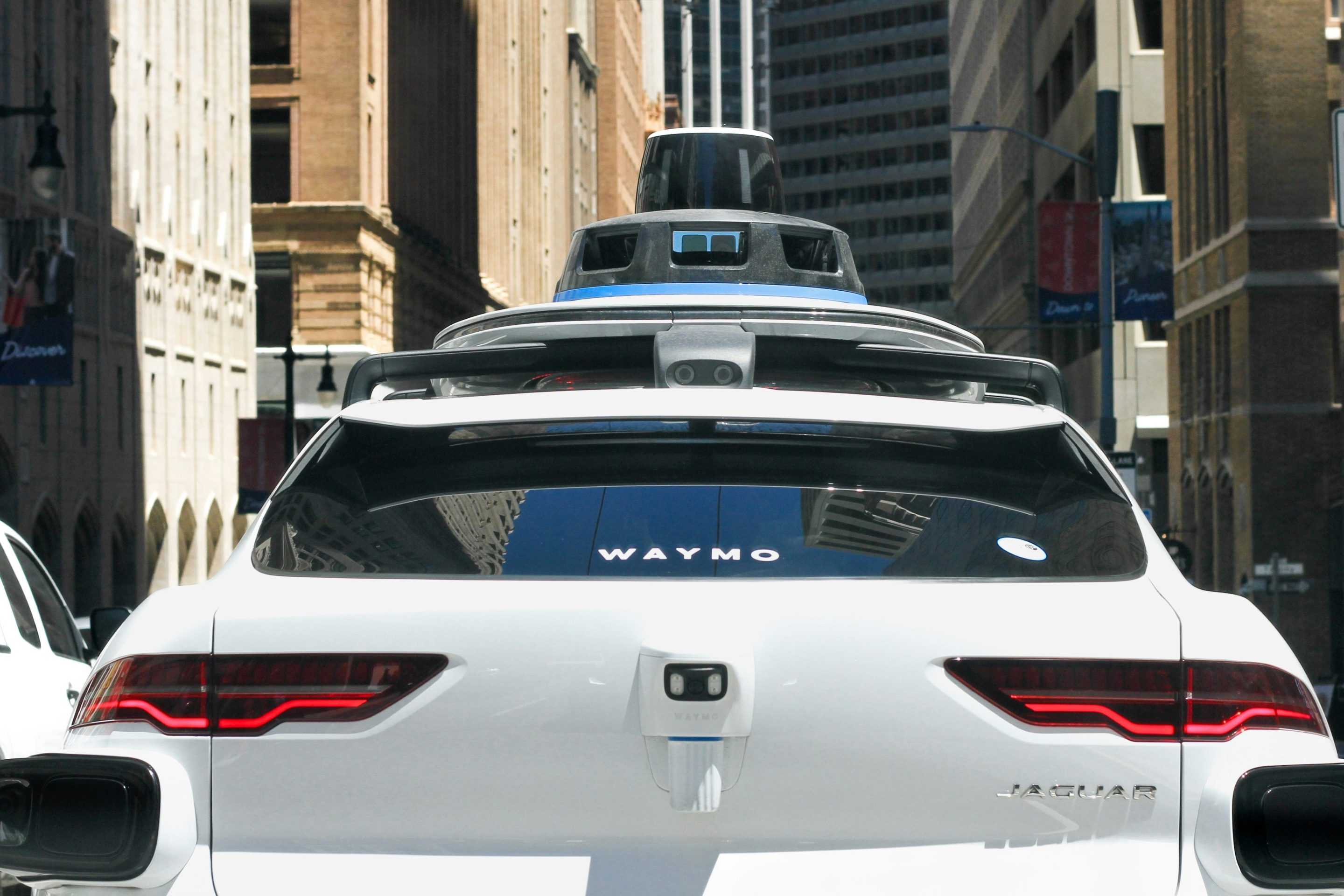Nobody was expecting the GOP-controlled House of Representatives to put together a transportation bill that did much for streets and transit in American cities.

And they were right -- there's nothing to get excited about in the bill. But neither is it the total disaster for walking, biking, and transit it could have been. So how does the House bill stack up against the current law? It's looking a little worse.
Amendments to the bill were heard earlier this week, and the final bill was passed just hours ago. Some last-minute changes made it in, but in general not the ones that would help modernize the nation's transportation policy and reduce our dependence on driving.
The final House bill includes a $40 billion funding patch to cover the gas tax shortfall, which means it now has funding for six years instead of three. But the new money is very gimmicky. At the last minute, Texas Republican Randy Neugebauer introduced an amendment to raid the Federal Reserve's Capital Surplus Account, and it was approved overwhelmingly.
Prior to that, House leaders had not indicated (or figured out) how they intended to pay for the bill. Yesterday, they refused to even hear an amendment from Oregon Democrat Earl Blumenauer to raise the gas tax.
Neugebauer's amendment allowed lawmakers to pass the long-term bill industry and government agencies have been begging for without doing the responsible (and politically courageous) thing and finding a revenue source that doesn't amount to a desperate one-shot.
Meanwhile, funding for walking, biking, and transit didn't gain ground -- and in fact may lose some -- but also avoided catastrophic cuts. Three of the most watched amendments -- the Carter and Yoho Amendments, which took aim at the tiny pot of money directed to biking and walking -- didn't make it past the Rules Committee to a floor vote. Representatives were listening to the national advocates fighting against those measures (or inclined to oppose them anyway). The Bike League called it a victory, saying "sometimes the hardest work results in nothing happening."
Stephen Lee Davis from Transportation for America, however, noted that there were some backdoor cuts to active transportation funding. The "Transportation Alternatives program," the only pot of money dedicated to walking and biking, will be locked in at $819 million per year -- it will not grow to keep pace with inflation, like other programs.
"Simply not getting axed doesn't meet our threshold for success," Davis said.
Other measures advocates were watching -- smart reforms like expanding eligibility for federal loans to transit-oriented development projects, or allowing regions to use "congestion mitigation and air quality" funds to expand bike-share systems -- were squelched in the Rules Committee or by the full House.
There is one good "fix" in the final bill, and it's significant: restoring the flexibility to fund transit projects with multiple federal sources. The original version of the House bill would have blocked transit agencies from supplementing funds from the New Starts and Small Starts programs with other federal sources, like the TIFIA loan program, if the total federal share exceeded 50 percent of the project cost. Revoking that flexibility would have threatened projects all over the country, including Chicago's Red and Purple Line modernization projects, according to Representative Dan Lipinski (D-Chicago).
Lipinski and Jerrold Nadler (D-New York) partially prevailed in an effort to reverse that provision. Their amendment to restore funding flexibility for transit projects survived mainly intact. However, agencies would still not be able to tap the $10 billion Surface Transportation Program (STP) to supplement funding from the federal transit grant programs beyond 50 percent of the project cost.
The passage of the House bill means House and Senate representatives will hash out a unified six-year agreement in conference committee. The Senate's transportation bill, charmingly known as the DRIVE Act, is also, by and large, a continuation of the status quo funded by gimmicks. It does lack some of the flaws in the House bill, which may get ironed out in committee.
A spokesperson for Lipinski, who is a conferee, said that the limitations on STP funding for transit projects "will be worked on in conference committee."
Senate transportation leaders Barbara Boxer (D-California) and Jim Inhofe (R-Oklahoma) promised in a press release today to have a six-year bill in front of President Obama for signing before Thanksgiving.





